Home>Interior Design>How To Design A Covered Back Porch And Extend Your Living Space
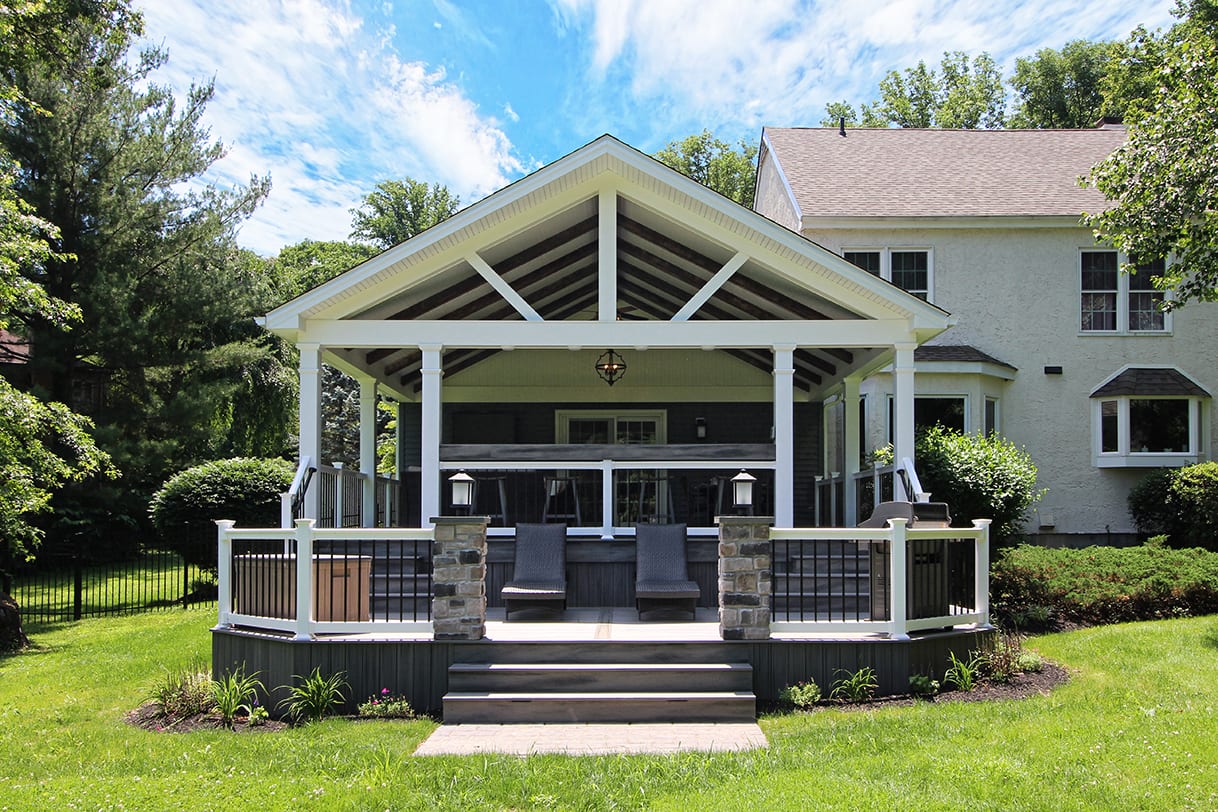

Interior Design
How To Design A Covered Back Porch And Extend Your Living Space
Modified: October 18, 2024
Learn how to transform your backyard with a stunning covered back porch design. Extend your living space and enhance your interior design.
(Many of the links in this article redirect to a specific reviewed product. Your purchase of these products through affiliate links helps to generate commission for Storables.com, at no extra cost. Learn more)
Introduction
Welcome to the world of covered back porches, where you can extend your living space and create a cozy sanctuary in your own backyard. A covered back porch is a versatile addition to any home, providing protection from the elements while allowing you to enjoy the outdoors year-round. Whether you’re looking to create a tranquil reading nook, an outdoor entertainment area, or an additional dining space, a covered back porch can be customized to suit your needs and style.
Imagine sipping your morning coffee as the sun rises, or hosting a barbecue with friends and family, all without worrying about rain, wind, or excessive sun exposure. A covered back porch offers the perfect compromise between indoor comfort and outdoor ambiance, allowing you to enjoy the best of both worlds.
But before you start construction, it is important to take a holistic approach and consider various aspects of your design. This article will guide you through the process of designing a covered back porch, from assessing the available space to choosing the right materials and furnishings. Whether you’re a seasoned DIY enthusiast or plan to hire professionals, this comprehensive guide will help you make informed decisions and create a functional and aesthetically pleasing outdoor living space.
So, take a seat, grab a cup of tea, and let’s dive into the world of covered back porch design!
Key Takeaways:
- Create a versatile covered back porch to extend living space, protect from the elements, and enhance aesthetics. Choose a design style, materials, and furnishings that reflect your personal taste and lifestyle.
- Whether hiring professionals or taking on a DIY project, prioritize maintenance to ensure the longevity and optimal condition of your covered back porch. Regular cleaning, inspections, and protective measures will preserve its beauty and functionality.
Read more: How To Extend Porch Roof
Benefits of a Covered Back Porch
A covered back porch brings numerous benefits to your home and lifestyle. Let’s explore some of the key advantages:
- Extended Living Space: By adding a covered back porch, you effectively increase the square footage of your home. This additional living space can be used for a variety of purposes, such as outdoor dining, relaxation, or even as a home office or hobby area. It allows you to make the most of your outdoor area, enhancing both the functionality and value of your property.
- Protection from the Elements: One of the primary advantages of a covered back porch is the protection it offers from the elements. Whether it’s scorching sun, heavy rain, or chilly winds, you can still enjoy the outdoors without compromising your comfort. You no longer have to cancel outdoor plans due to undesirable weather conditions; instead, you can simply retreat to your covered porch and continue to enjoy the fresh air.
- Year-Round Use: With a covered back porch, there’s no need to limit your outdoor activities to specific seasons. The shelter provided by the porch allows you to enjoy the space throughout the year, regardless of weather conditions. Whether you’re hosting a summer barbecue, enjoying a cozy winter gathering with friends, or simply taking in the beauty of your garden during spring and autumn, a covered back porch ensures that you can make the most of your outdoor space all year long.
- Enhanced Aesthetics: A well-designed covered back porch can significantly enhance the overall aesthetics of your home. It serves as a visually appealing extension of your indoor living space, blending seamlessly with your home’s architecture and landscaping. With the right choice of materials and decor, you can create a cohesive and inviting outdoor space that complements your personal style and adds an element of sophistication to your home.
- Increased Property Value: Investing in a covered back porch can also increase the value of your property. Many homebuyers appreciate the added functionality and allure of outdoor living spaces when searching for a new home. A well-designed and functional covered back porch can be a selling point and give your property an edge over others in the market.
Now that we’ve explored the various benefits of a covered back porch, it’s time to move on to the next step: assessing the available space.
Assessing the Available Space
Before you start designing your covered back porch, it’s crucial to assess the available space and understand its limitations. Here are a few key considerations:
- Size and Shape: Measure the dimensions of your backyard to determine the size and shape of the porch. Consider any existing structures, trees, or landscaping features that may impact the layout and design. The size of your porch will depend on how you plan to use the space and the available area.
- Orientation: Observe the natural light and shade patterns in your backyard to determine the ideal orientation of your covered back porch. Understanding the movement of the sun throughout the day can help you position the porch to maximize natural light and shade, providing a comfortable and enjoyable environment.
- Views and Privacy: Take note of any scenic views or desirable elements in your backyard that you would like to incorporate into the design. Also consider privacy needs and whether you would like to use landscaping or screening techniques to create a secluded and intimate atmosphere.
- Access Points: Assess the existing access points to your backyard, such as doors or pathways, and determine how they will integrate with your covered back porch design. Consider the flow between indoor and outdoor spaces to ensure a seamless transition.
- Use of the Space: Think about how you envision using the covered back porch. Will it primarily be used for dining, relaxation, entertaining, or a combination of activities? This will help you determine the layout and functional requirements of the space.
By carefully assessing the available space and considering these factors, you will have a solid foundation for the design of your covered back porch. Next, let’s explore the various design styles that you can choose from to create a visually appealing and cohesive space.
Choosing the Design Style
The design style of your covered back porch plays a key role in creating the ambiance and aesthetic appeal of the space. Here are a few popular design styles to consider:
- Traditional: A traditional design style emphasizes classic elements and timeless charm. Think of elegant columns, ornate railings, and intricate detailing. This style is perfect for homeowners who appreciate a refined and sophisticated look.
- Modern: A modern design style embraces clean lines, minimalism, and a focus on functionality. It often incorporates sleek materials like metal and glass, along with neutral color palettes. This style is suitable for those who prefer a contemporary and uncluttered aesthetic.
- Rustic: A rustic design style brings a cozy and natural feel to your covered back porch. It incorporates elements like exposed wood beams, stone accents, and vintage-inspired decor. This style is ideal for homeowners who want to create a warm and inviting outdoor retreat.
- Coastal: A coastal design style exudes a beachy and relaxed vibe. It features light and breezy colors, natural textures, and nautical-inspired accents. Wicker furniture, striped patterns, and sea-inspired accessories often make an appearance in this style.
- Transitional: A transitional design style combines elements of both traditional and modern aesthetics, resulting in a balanced and versatile look. It blends classic elegance with contemporary simplicity, allowing for flexibility in furnishings and decor choices.
- Eclectic: An eclectic design style allows you to mix and match various design elements, colors, and patterns to create a unique and personalized space. It encourages creativity and individuality, making it an excellent choice for homeowners who enjoy bold and eclectic combinations.
When selecting the design style for your covered back porch, consider the overall architecture of your home and your personal preferences. Choose a style that complements the existing design elements of your home while creating a cohesive and inviting outdoor space.
Now that you have an idea of the design style you’d like to achieve, let’s move on to the next step: selecting the materials for your covered back porch.
Selecting the Materials
Choosing the right materials for your covered back porch is essential for both aesthetics and durability. Here are some considerations when selecting materials:
- Flooring: The flooring material you choose should be resilient, weather-resistant, and visually appealing. Some popular options include composite decking, natural stone, concrete, or even traditional wooden planks. Consider the maintenance requirements and the style you want to achieve when deciding on the flooring material.
- Roofing: The roof of your covered back porch plays a critical role in protecting the space from the elements. It can be constructed using materials such as asphalt shingles, metal panels, or even thatch for a more exotic look. Consider the durability, energy efficiency, and aesthetic appeal of the roofing material.
- Supporting Structures: The supporting structures, such as columns and railings, not only provide structural stability but also contribute to the overall design of your covered back porch. Materials like wood, metal, or even composite materials can be used based on the desired style and maintenance requirements.
- Walls and Screens: Depending on the level of privacy and protection you desire, you can choose to incorporate walls or screens into your covered back porch design. Materials like glass, lattice, or fabric screens can provide a sense of enclosure while still allowing airflow and natural light.
- Accessories and Decor: Don’t forget to consider the materials for accessories and decor elements such as furniture, lighting fixtures, and outdoor textiles. Stick to materials that are durable and weather-resistant, such as aluminum, teak, or specially treated fabrics.
When selecting materials, consider their longevity, maintenance requirements, and how well they align with your design style. It is also important to ensure that all materials used meet local building codes and regulations.
Now that you have an idea of the materials you want to use, let’s move on to the next step: adding lighting and decor to enhance the ambiance of your covered back porch.
Adding Lighting and Decor
Lighting and decor are essential elements in creating a welcoming and cozy atmosphere for your covered back porch. Here are some tips to enhance the ambiance of your outdoor space:
- Task Lighting: Incorporate task lighting to provide practical illumination for specific areas, such as a dining table or outdoor kitchen. Pendant lights, wall sconces, or overhead fixtures are popular choices to ensure visibility during evening gatherings.
- Ambient Lighting: Create a warm and inviting ambiance with ambient lighting. This can be achieved through string lights, lanterns, or even candles. Place them strategically to provide a soft and cozy glow that enhances the mood of your covered back porch.
- Accent Lighting: Use accent lighting to highlight architectural features or focal points in your porch design. This can include uplighting for trees or landscape elements, or even LED strip lights under steps or railing to add a touch of drama to the space.
- Outdoor Furnishings: Choose outdoor furniture that suits your design style and provides comfortable seating for lounging or dining. Opt for durable materials that can withstand exposure to the elements, such as weather-resistant wicker, aluminum, or teak.
- Cozy Textiles: Incorporate cushions, throw pillows, and outdoor rugs to add comfort and visual interest to your covered back porch. Choose fabrics that are specially designed for outdoor use, as they are resistant to fading and moisture.
- Greenery and Plants: Bring the beauty of nature closer to your covered back porch by adding potted plants or hanging baskets. Greenery not only adds a touch of freshness but also helps to create a more inviting and serene atmosphere.
- Personal Touches: Don’t forget to add personal touches and decor elements that reflect your style and personality. This can include artwork, sculptures, outdoor curtains, or even a cozy outdoor fireplace or fire pit for those chilly evenings.
By carefully selecting lighting fixtures and incorporating tasteful decor, you can transform your covered back porch into a picturesque and inviting space that can be enjoyed both day and night.
Now that we have considered lighting and decor, let’s move on to the next step: furnishing your covered back porch to create a comfortable and functional outdoor living area.
Furnishing the Porch
Furnishing your covered back porch is essential to create a comfortable and functional outdoor living area. Here are some key considerations when selecting furniture for your porch:
- Seating Options: Choose seating options that accommodate your desired activities on the porch. Whether it’s a dining table with chairs, a cozy sofa with lounge chairs, or a combination of both, ensure that you have enough seating for you and your guests.
- Comfort and Durability: Look for furniture that is not only stylish but also comfortable and durable. Opt for materials that can withstand outdoor conditions, such as water-resistant cushions, fade-resistant fabrics, and rust-resistant frames.
- Storage Solutions: Consider incorporating storage solutions, such as benches with hidden compartments or outdoor cabinets, to keep cushions, pillows, and other accessories protected from the elements when not in use.
- Flexible Layout: Arrange your furniture in a way that allows for easy traffic flow and flexibility. Consider how you plan to use the space, whether it’s for entertaining, relaxation, or a combination of both. Experiment with different configurations to find the layout that works best for your needs.
- Accessorize with Tables and Rugs: Add functionality and charm to your covered back porch by incorporating side tables, coffee tables, or a dining table. Outdoor rugs can also define different areas of the porch and add warmth to the overall design.
- Shade Options: If your porch is not fully covered, consider adding a shade solution, such as an umbrella or a retractable awning, to provide protection from the sun. This will help make your outdoor space more comfortable during hot summer days.
- Add Personal Touches: Infuse your personal style into the porch by adding decorative elements such as outdoor pillows, throws, and table centerpieces. Choose colors and patterns that complement the overall design and create an inviting ambiance.
Remember to choose furniture that aligns with your design style, complements the architecture of your home, and fits within the available space on your covered back porch. Don’t forget to leave ample room for movement and flow.
With the right furnishings, your covered back porch will become a cozy retreat where you can enjoy the outdoors in comfort and style.
Now that we have covered the furnishing aspect, let’s move on to extending utilities for added convenience and functionality.
Consider the layout and flow of your indoor and outdoor spaces when designing a covered back porch. Create a seamless transition by using similar flooring materials and coordinating the decor to extend your living space.
Extending Utilities
Extending utilities to your covered back porch can greatly enhance its convenience and functionality. Here are some utilities to consider:
- Electrical Outlets: Install electrical outlets on your covered back porch to power lighting fixtures, fans, appliances, or electronic devices. This enables you to enjoy the convenience of indoor amenities while enjoying the outdoors.
- Water Supply: If you plan to include an outdoor kitchen or bar area on your porch, consider extending a water supply for a sink, a wet bar, or even an outdoor shower. Having access to water will make meal preparation and clean-up easier and more convenient.
- Gas Line: If you enjoy grilling or using gas-powered appliances, consider extending a gas line to your covered back porch. This will eliminate the need for propane tanks and provide a steady supply of fuel for your outdoor cooking needs.
- Wi-Fi Connectivity: Ensure that your covered back porch has a strong and reliable Wi-Fi signal by extending your home’s internet network. This allows you to stay connected, stream music or movies, or work remotely while enjoying the outdoor ambiance.
- Entertainment Systems: If you plan to incorporate audio or visual entertainment on your porch, such as outdoor speakers, TVs, or projectors, extend your home’s entertainment systems to ensure seamless connectivity and enjoyment.
- Heating and Cooling: Depending on the climate in your area, you may want to consider extending heating or cooling systems to your covered back porch. This will allow you to control the temperature and enjoy the space comfortably throughout the year.
- Security and Lighting: Extend security systems and outdoor lighting to your covered back porch to ensure safety and visibility. This can include motion sensor lights, surveillance cameras, or remote-controlled lighting options.
Extending utilities to your covered back porch may require professional assistance to ensure proper installation and compliance with local building codes. Consult with electricians, plumbers, or other relevant professionals to ensure that all utilities are safe and properly integrated into your porch design.
Now that we have explored extending utilities, let’s move on to the next step: preparing for the construction process.
Preparing for Construction
Before you begin the construction of your covered back porch, it’s important to take the following steps to ensure a smooth and successful project:
- Research and Planning: Spend time researching different porch designs and gathering inspiration. Create a detailed plan that includes the dimensions, layout, materials, and desired features for your porch. This will help you communicate your vision to contractors or guide you if you plan to tackle the project yourself.
- Budgeting: Determine your budget for the construction of the covered back porch. Consider factors such as materials, labor costs, permits, and any additional features or utilities you plan to include. Account for contingencies and leave room for unexpected expenses that may arise during the construction process.
- Obtaining Permits: Check with your local building department to determine if you need permits for the construction of your covered back porch. Different regions have varying regulations, so it’s important to ensure compliance to avoid any issues or fines. Consult with professionals if necessary to help navigate the permitting process.
- Contractors and Suppliers: If you plan to hire professionals for the construction, request quotes from multiple contractors and carefully evaluate their experience, reputation, and previous work. For DIY projects, source reliable suppliers for materials and tools needed for the project.
- Scheduling and Timelines: Set realistic timelines and milestones for the construction of your covered back porch. Coordinate with contractors or plan your DIY schedule accordingly. Keep in mind factors like weather conditions and any restrictions or limitations based on local regulations.
- Clearing the Area: Prepare the site for construction by clearing the area of any obstructions or debris. Ensure that the ground is level, and remove any plants, shrubs, or trees that may interfere with the construction process. If necessary, consult with professionals to handle tree removal or other complex tasks.
- Protecting Surrounding Areas: Take precautions to protect existing structures, landscaping, and neighboring properties during the construction process. Cover or move delicate plants, use barriers to prevent damage, and communicate with neighbors to minimize disruptions.
By thoroughly preparing for the construction of your covered back porch, you can minimize potential issues and ensure a successful and efficient project.
Now that you have prepared for the construction process, let’s explore the pros and cons of hiring professionals versus doing it yourself.
Read more: How To Cover Porch
Hiring Professionals vs. DIY
When it comes to constructing your covered back porch, you have the option to either hire professionals or take on the project as a do-it-yourself (DIY) endeavor. Both approaches have their advantages and considerations:
Hiring Professionals:
- Expertise and Experience: Professionals bring their expertise and experience to the table, ensuring that your covered back porch is constructed skillfully and in compliance with building codes. They have the knowledge to handle complex tasks and can provide valuable insights and recommendations.
- Time and Convenience: Hiring professionals saves you time and effort, as they handle all aspects of the construction process, including obtaining permits, sourcing materials, and coordinating with subcontractors. This allows you to focus on other priorities while the experts tackle the project.
- Quality and Warranty: Professional contractors typically provide a warranty for their work, giving you peace of mind knowing that any issues or defects will be addressed. They also have access to high-quality materials and equipment, ensuring a durable and long-lasting covered back porch.
- Insurance Coverage: Professionals typically carry liability insurance and workers’ compensation, protecting you from any potential accidents or damages that may occur during construction.
- Skill Requirements and Costs: Hiring professionals eliminates the need for you to possess specialized construction skills, saving you from potential mistakes or rework. However, it is important to consider the financial aspect, as professional services come with associated costs, including labor fees, permits, and materials.
DIY Construction:
- Cost Savings: Undertaking the construction of your covered back porch as a DIY project can potentially save you money on labor costs. You have control over sourcing materials and can make budget-conscious decisions.
- Satisfaction and Learning Opportunity: DIY construction allows you to have a hands-on experience, giving you a sense of personal fulfillment and accomplishment. It also provides an opportunity to learn new skills and gain knowledge about construction techniques.
- Creative Freedom: As the DIY builder, you have complete creative control over the design and execution of your covered back porch. You can tailor every detail to your specific preferences and needs.
- Time and Skills: DIY projects require a significant time commitment and a certain level of construction skills and knowledge. Assess your ability and availability to tackle the project, considering whether you have the necessary tools, expertise, and patience for a successful outcome.
Ultimately, the decision to hire professionals or take on a DIY approach depends on your budget, time availability, skill level, and personal preferences. Consider the complexity of the project and weigh the pros and cons to make an informed choice.
Now that you have weighed the options, let’s explore the permitting and legal considerations for constructing your covered back porch.
Permitting and Legal ConsiderationsBefore embarking on the construction of your covered back porch, it is important to understand and comply with the permitting and legal requirements. Here are some key considerations:
- Building Permits: Check with your local building department to determine if you need a building permit for constructing a covered back porch. Permit requirements may vary depending on factors such as the size, height, and location of the porch. It is crucial to obtain the necessary permits to ensure your project meets local building codes and regulations.
- HOA or Neighborhood Restrictions: If you live in a neighborhood governed by a homeowners association (HOA) or have specific neighborhood guidelines, consult the relevant rules and regulations. Some communities may impose restrictions on the size, design, and materials used for outdoor structures like covered back porches. Ensure that your proposed design aligns with any applicable regulations and seek necessary approvals if required.
- Property Setbacks: Property setbacks are the minimum distances that must be maintained between your covered back porch and the property lines or existing structures. Check local zoning regulations to ensure compliance with setback requirements. Failure to do so may result in the need to alter or remove your porch later.
- Building Codes and Permissible Structures: Familiarize yourself with the applicable building codes in your area, as well as any restrictions on the permissible structure types or heights. This will ensure that your covered back porch meets safety standards and complies with local construction regulations.
- Environmental Considerations: In some regions, construction near wetlands, easements, or protected natural areas may require additional permits or environmental impact assessments. Ensure that your covered back porch project does not encroach on any environmentally sensitive areas and research any potential requirements or restrictions.
- Contractor Licensing and Insurance: If you decide to hire professionals for the construction, verify that they possess the necessary licenses and insurance coverage. This will protect you from potential liability and ensure that the work is performed by qualified, insured individuals.
- Homeowner’s Insurance: Contact your homeowner’s insurance provider to understand how the construction of a covered back porch may impact your coverage. Verify that your policy adequately protects the added structure and make any necessary adjustments to your coverage as required.
Complying with permitting and legal requirements is vital to avoid potential penalties, legal issues, or having to modify or remove your covered back porch in the future. It is recommended to consult with professionals, such as contractors or architects, to ensure compliance and obtain any necessary permits.
Now that we’ve explored the permitting and legal considerations, let’s move on to the construction process itself.
Construction Process
The construction of your covered back porch involves several key steps to ensure a successful and durable structure. Here is a general outline of the construction process:
- Site Preparation: Clear the construction area, ensuring it is level and free from obstructions. Remove plants, rocks, and debris that could interfere with the construction process.
- Foundation and Framing: Begin by setting the foundation, which may involve pouring concrete footings or installing support posts. Once the foundation is in place, proceed with the framing of the structure, following the design plans and specifications.
- Roofing: Install the roofing material according to the chosen design style, ensuring proper waterproofing and protection from the elements. This may involve attaching roof trusses, installing sheathing, and applying the chosen roofing material, such as shingles or metal panels.
- Flooring: Install the flooring material, whether it’s composite decking, natural stone, concrete, or any other chosen option. Ensure proper leveling, alignment, and secure installation to create a durable and visually appealing surface.
- Walls and Screening: If your design includes walls or screening elements, proceed with their installation. This may involve framing the walls, installing appropriate materials such as glass, lattice, or screens, and adding any desired decorative details.
- Utilities: Extend any necessary utilities, such as electrical wiring, plumbing, or gas lines, based on the design plans and local codes. Ensure that all connections are secure and in compliance with safety regulations.
- Finishing Touches: Complete the finishing touches, which may include painting or staining, sealing or water-proofing, and adding any desired embellishments or decorative elements to enhance the appearance of the porch.
- Inspections: Schedule and pass any required inspections as mandated by your local building department to ensure compliance with building codes and safety standards. This step is crucial to ensure that your covered back porch meets all necessary regulations.
- Clean-up and Maintenance: Once construction is complete, clean up the construction site, removing any debris or excess materials. Establish a maintenance routine for your covered back porch that includes regular cleaning, inspections, and repairs as needed to keep it in optimal condition.
It is important to note that the construction process may vary based on factors such as design complexity, size of the porch, and regional building regulations. It is recommended to consult with professionals or experienced contractors who can guide you through each step of the construction process.
With the construction complete and the covered back porch ready for enjoyment, let’s explore some considerations for its maintenance and upkeep.
Maintenance and Upkeep
Maintaining and caring for your covered back porch is crucial to ensure its longevity, functionality, and aesthetic appeal. Here are some key maintenance tasks to keep your porch in optimal condition:
- Cleaning: Regularly sweep or hose down the porch to remove debris, dirt, and any fallen leaves. Depending on the material used for the flooring and structure, you may need to clean and treat it periodically to prevent staining or deterioration.
- Inspecting for Damage: Conduct routine inspections to identify any signs of damage or wear and tear. Check for loose screws, signs of water damage, or any other structural issues that may require attention. Promptly address any repairs to prevent further damage.
- Protective Measures: Consider applying a protective sealant or paint to the porch’s surfaces to safeguard against weathering and UV damage. Use furniture covers or store cushions and pillows when not in use to protect them from the elements.
- Gutter Maintenance: If your covered back porch has gutters, regularly clean and clear them of leaves, debris, and other material that may cause clogs. Properly functioning gutters help divert water away from the porch and prevent water damage.
- Trimming and Pruning: Trim tree branches and shrubs near the porch to prevent them from overhanging or causing damage. Prune plants to ensure they don’t grow into the structure or obstruct pathways and access points.
- Weatherproofing: Check the caulking and weatherstripping around windows and doors to ensure they are in good condition. Replace any worn-out or damaged seals to maintain a weather-tight and energy-efficient space.
- Pest Control: Keep an eye out for signs of pests, such as termites, ants, or rodents. Take necessary measures to prevent infestations, such as sealing cracks and crevices, removing food sources, and employing professional pest control services if needed.
- Seasonal Maintenance: Adjust your maintenance routine based on the changing seasons. During winter, ensure proper snow and ice removal to prevent slips and falls. In spring, remove any mold or mildew buildup, and during summer, inspect for insect activity and adjust shading solutions as needed.
By following regular maintenance practices and promptly addressing any issues, you can prolong the lifespan and enhance the overall durability of your covered back porch. It is also important to refer to the maintenance guidelines provided by manufacturers for specific materials and components used in your porch’s construction.
Congratulations on successfully designing and constructing your covered back porch! Now it’s time to sit back, relax, and enjoy the delightful outdoor living space you’ve created.
If you have any questions or need further assistance, feel free to consult with professionals or seek guidance from experienced contractors to ensure the ongoing care and maintenance of your covered back porch.
Stay tuned to our future articles for more inspiration and tips on interior and exterior design!
Disclaimer: The information in this article is intended for general guidance and educational purposes only. Please check with local authorities and professionals to ensure compliance with building codes, regulations, and best practices.
Read more: How To Extend A Concrete Porch
Conclusion
Designing and creating a covered back porch is a rewarding endeavor that not only extends your living space but also enhances the beauty and functionality of your home. By carefully assessing the available space, selecting a design style, choosing the right materials, and incorporating lighting, decor, and furnishings, you can transform your outdoor area into a welcoming and comfortable oasis.
A covered back porch offers numerous benefits, including protection from the elements, extended living space, year-round usability, increased property value, and improved aesthetics. Whether you choose a traditional, modern, rustic, coastal, transitional, or eclectic style, there are options to suit every taste and preference.
When it comes to construction, it is important to consider permitting and legal requirements, as well as the choice between hiring professionals or embarking on a DIY project. Both approaches have their merits, so evaluate your skills, availability, and budget to make the best decision for your situation.
Throughout the construction process, prioritize maintenance and upkeep to ensure the longevity and optimal condition of your covered back porch. Regular cleaning, inspections, repairs, and protective measures will help preserve its beauty and functionality for years to come.
Remember, creating a covered back porch is a personal and creative endeavor, allowing you to design a space that reflects your style and suits your lifestyle. With careful planning, attention to detail, and consideration of your unique needs, you can create a peaceful retreat that seamlessly blends indoor comfort with outdoor beauty.
So, go ahead and bring your dream covered back porch to life. Sit back, relax, and enjoy the tranquil charm and outdoor ambiance that your new space provides. Cheers to the countless memories and moments that await you in your own little slice of heaven!
Excited about giving your outdoor space a makeover? Dive deeper with our guide on creating a covered porch that adds charm and functionality to any home. Want more inspiration? Check out our collection of patio ideas that can transform any backyard into a sublime retreat for relaxation and entertainment. Both resources are packed with practical tips and creative designs to help you maximize your outdoor living area.
Frequently Asked Questions about How To Design A Covered Back Porch And Extend Your Living Space
Was this page helpful?
At Storables.com, we guarantee accurate and reliable information. Our content, validated by Expert Board Contributors, is crafted following stringent Editorial Policies. We're committed to providing you with well-researched, expert-backed insights for all your informational needs.
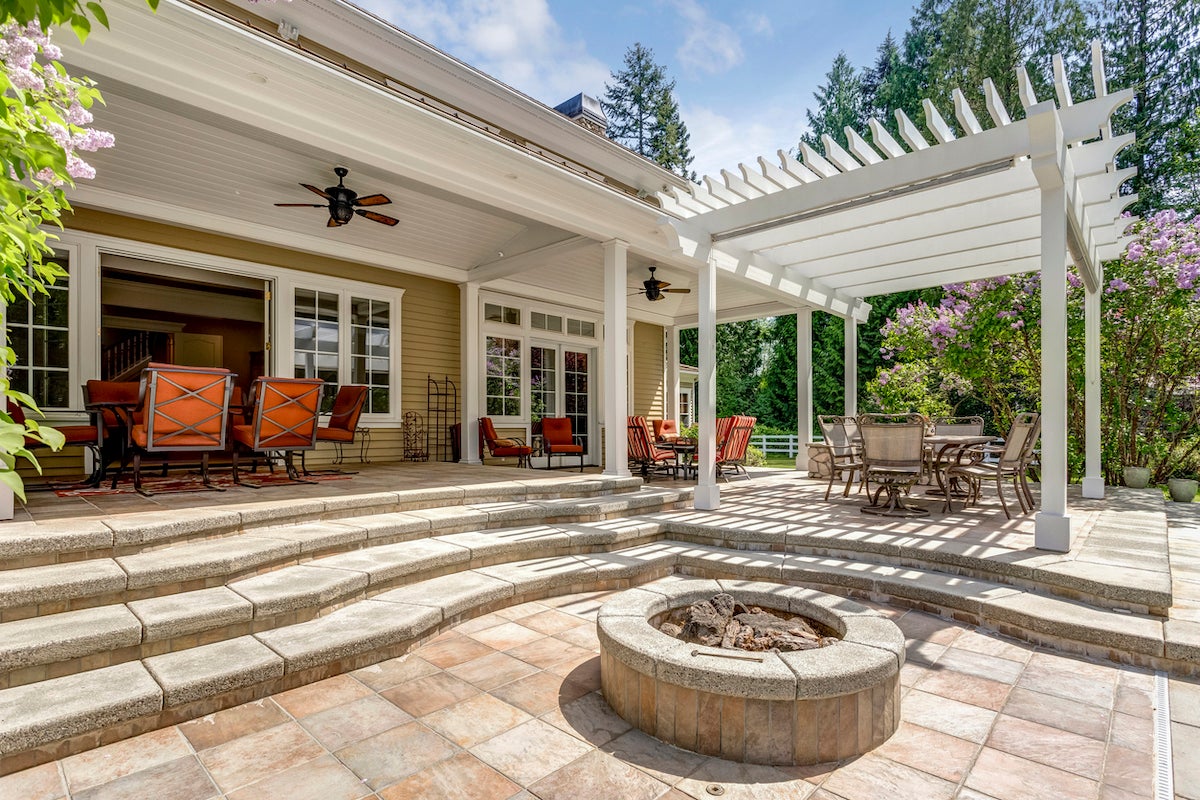
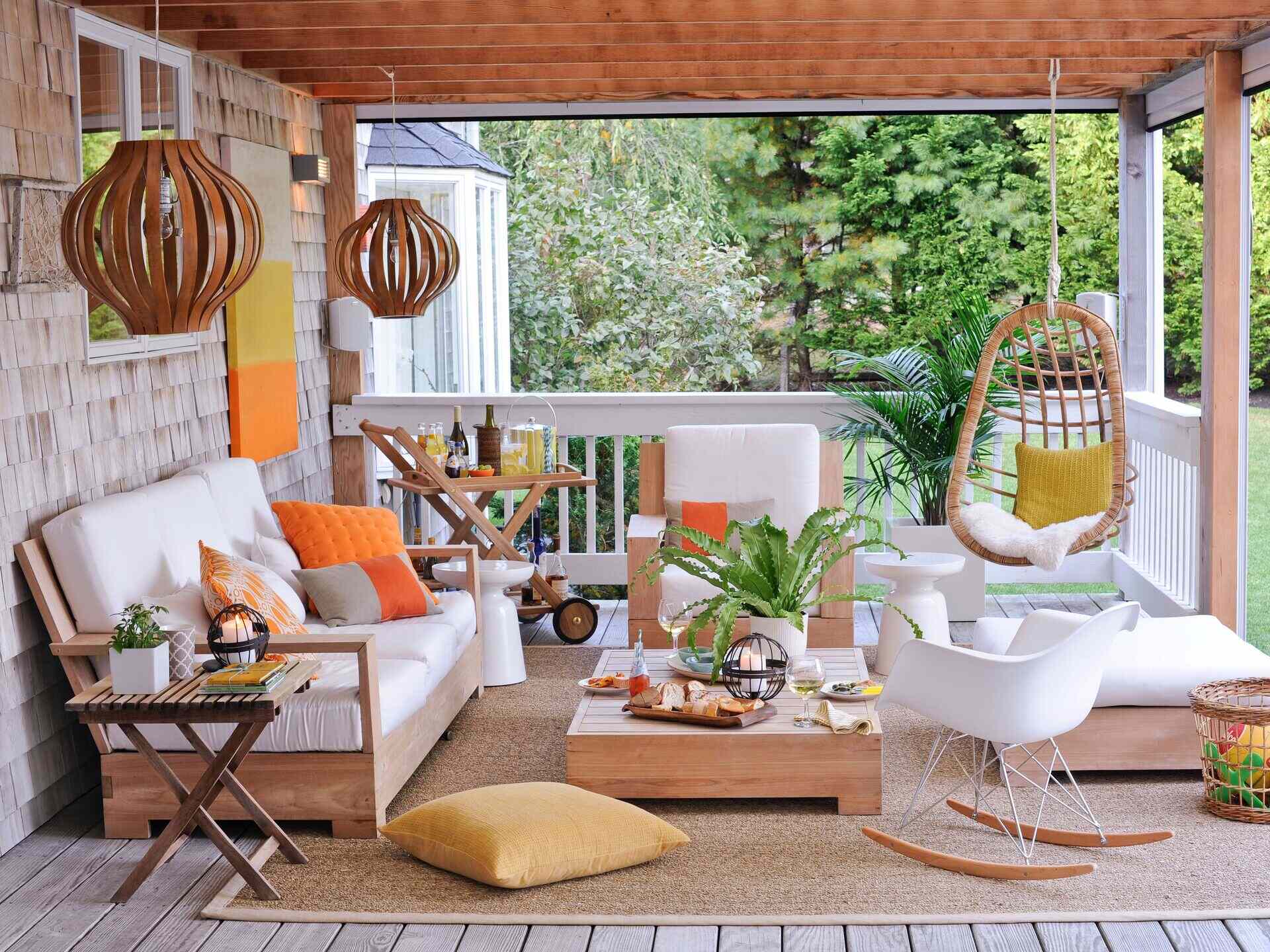
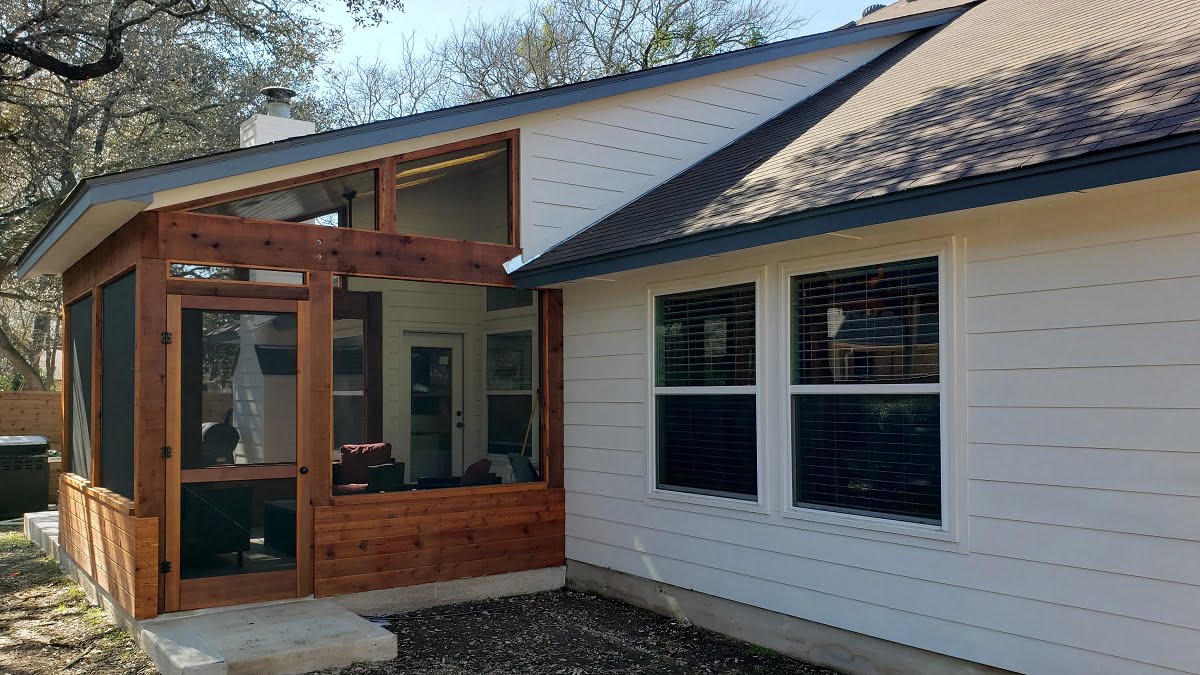
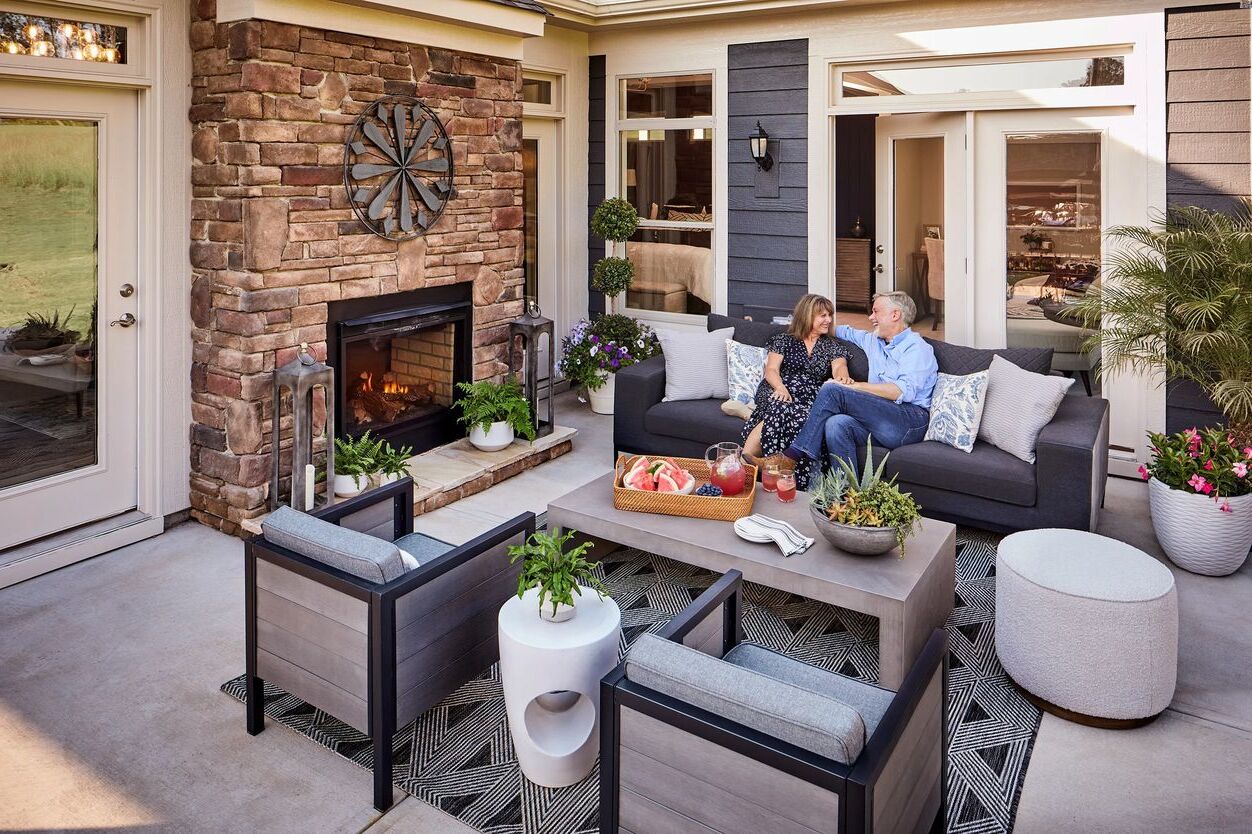
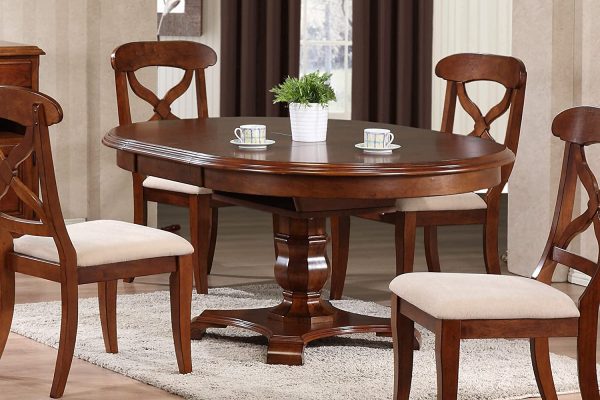
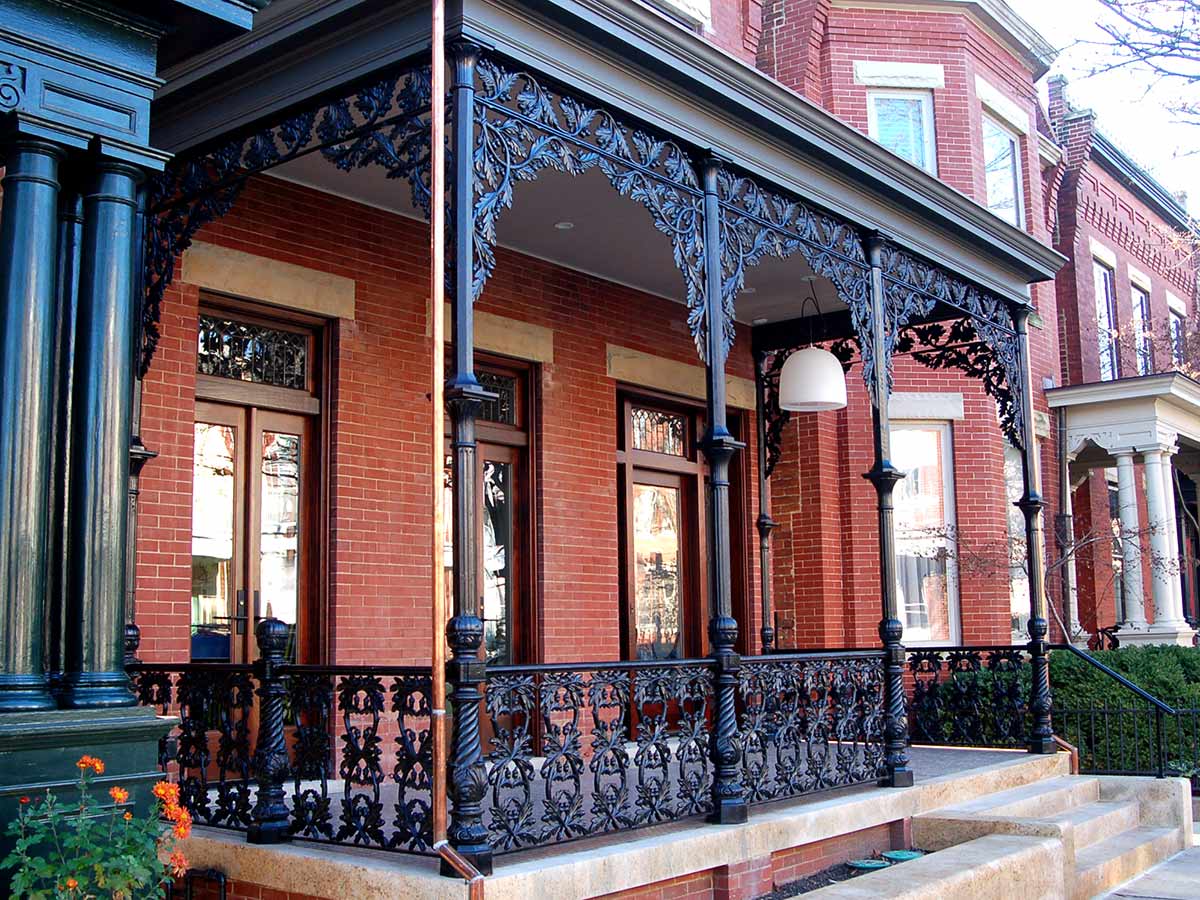
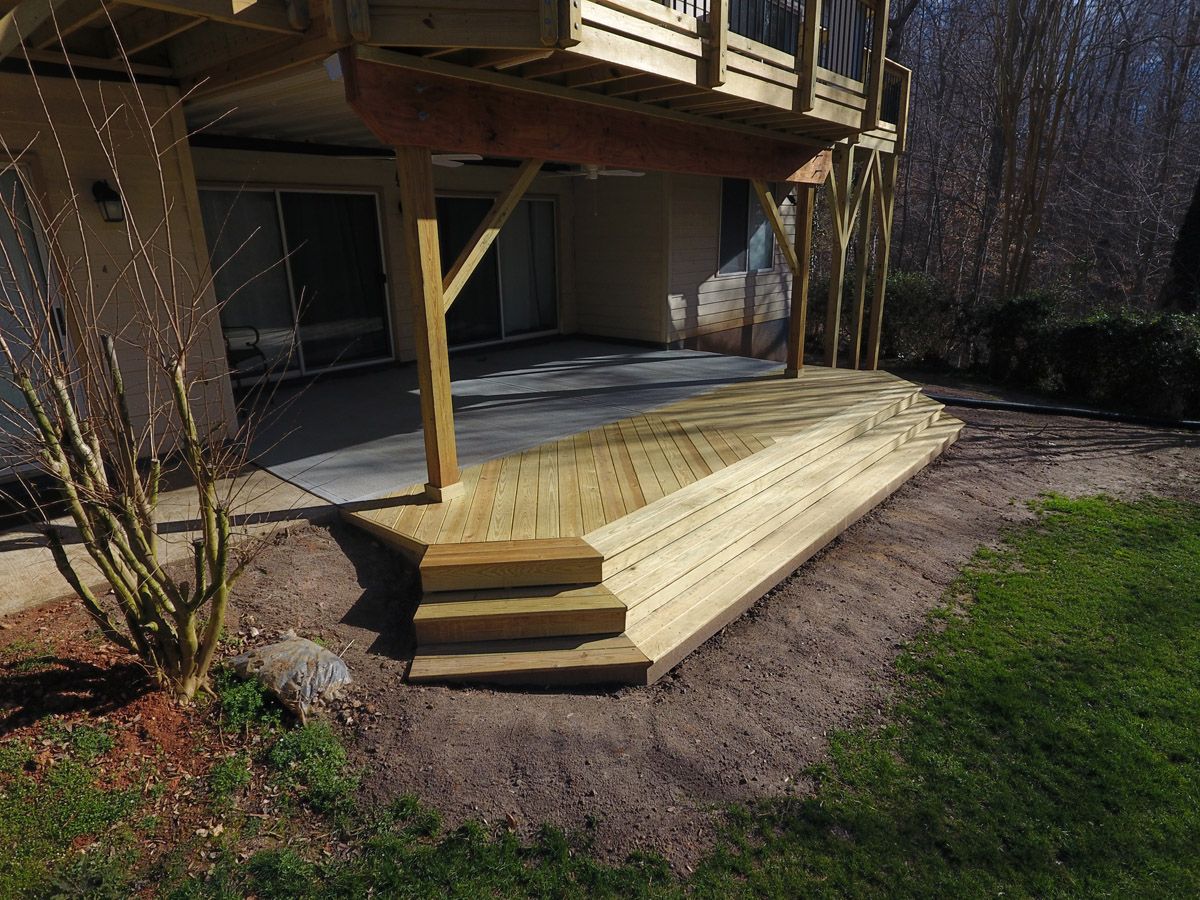

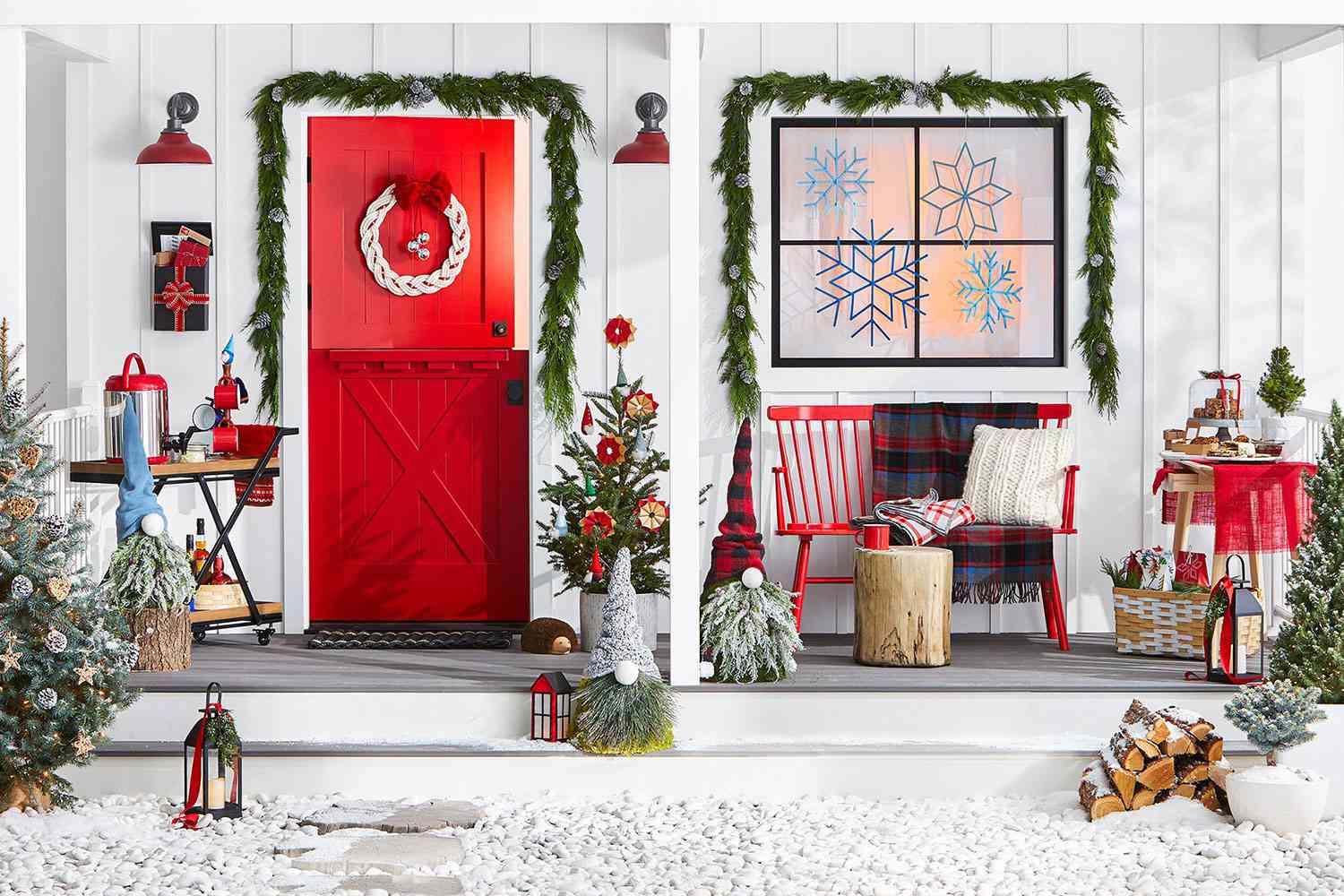
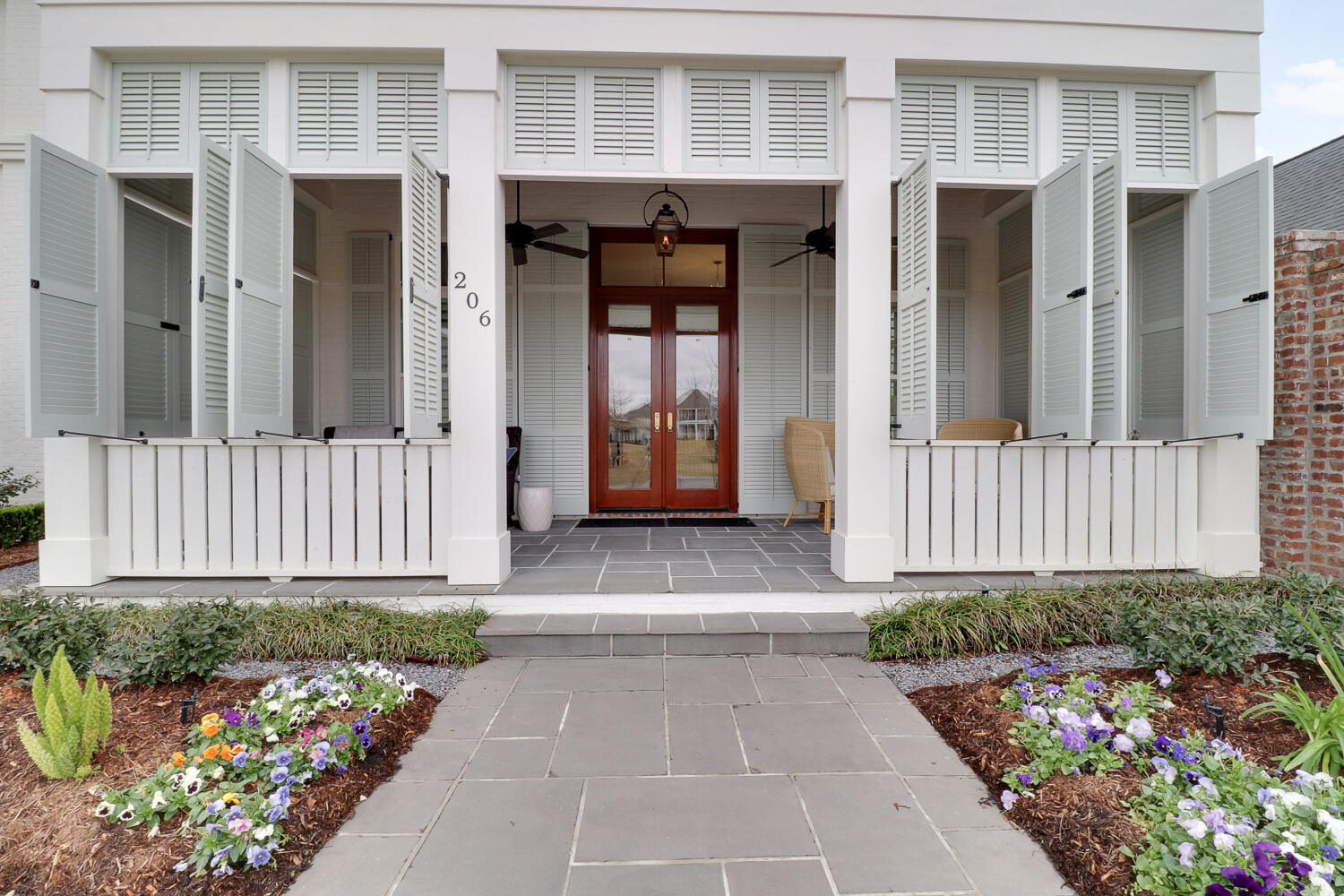
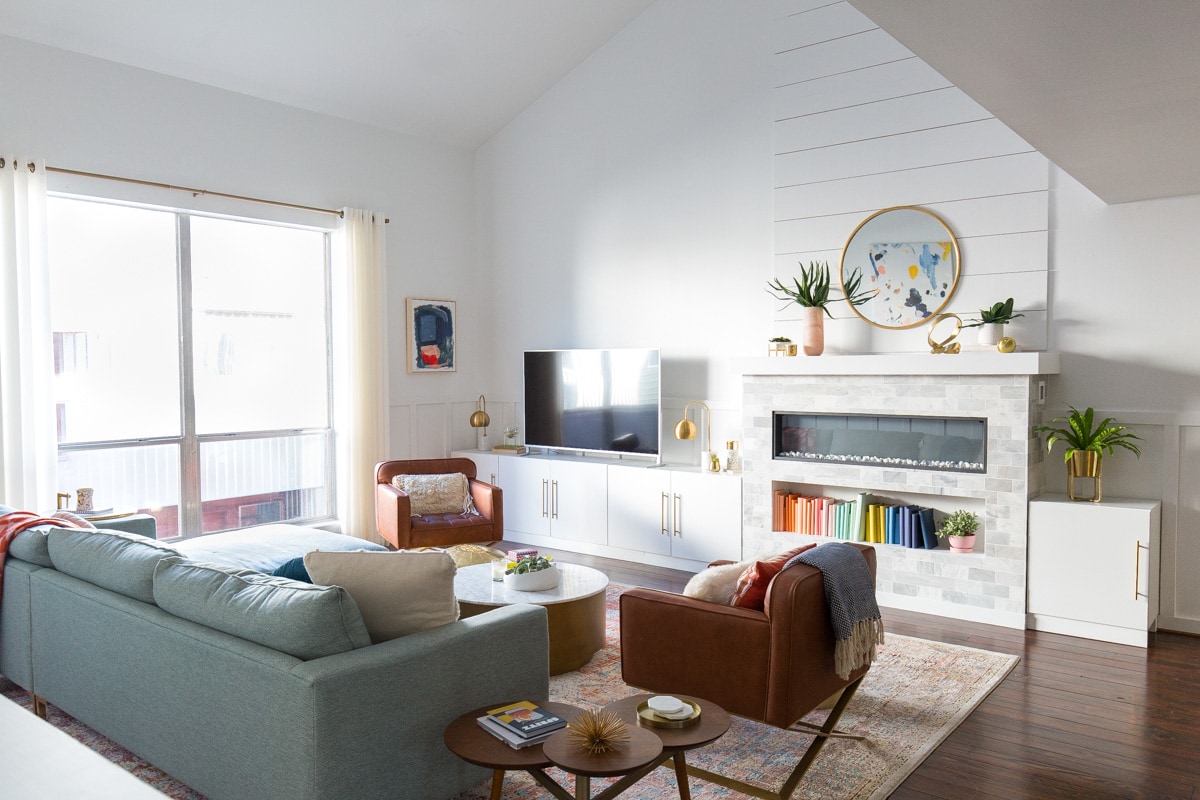


0 thoughts on “How To Design A Covered Back Porch And Extend Your Living Space”